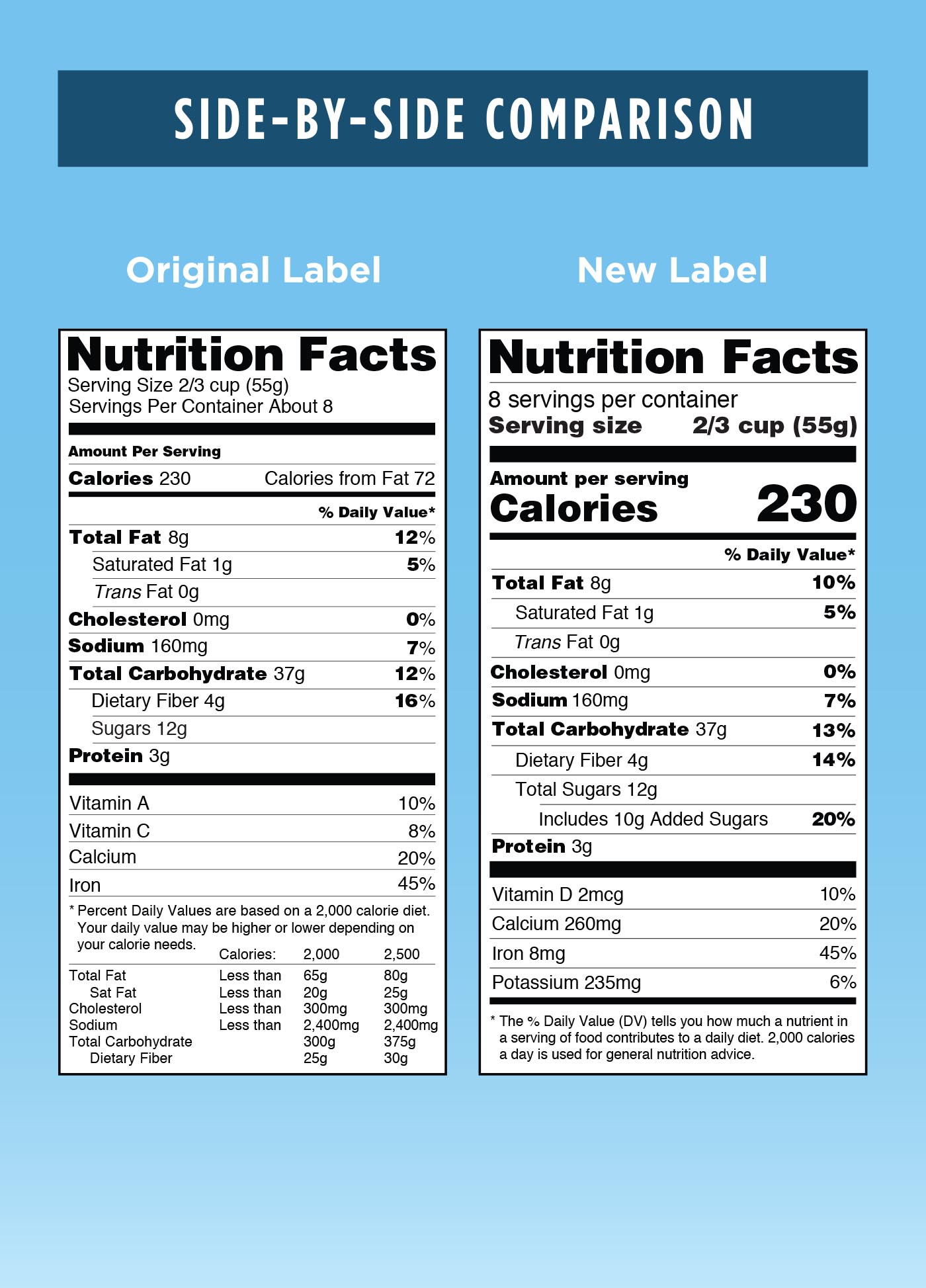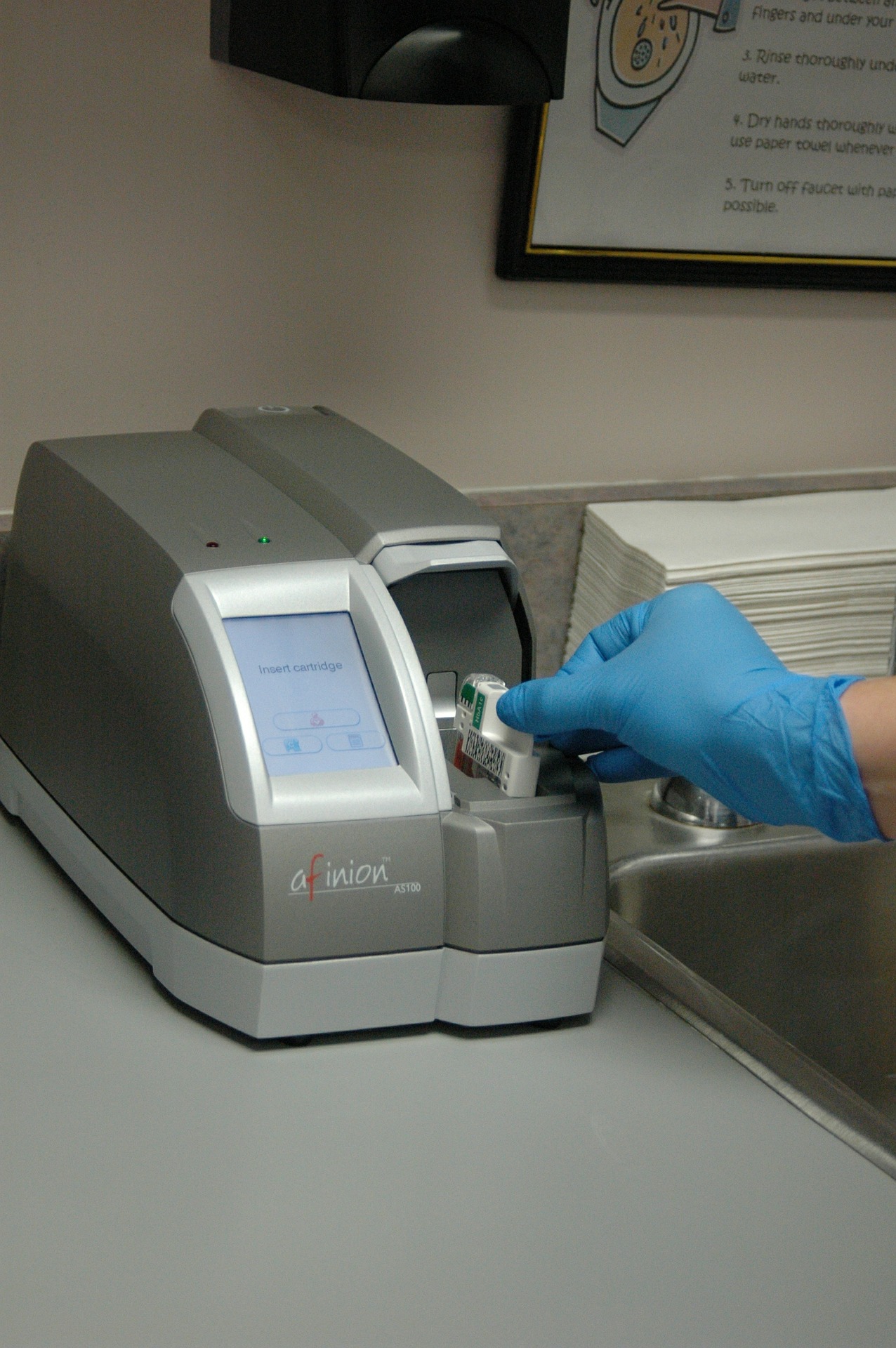
We’ve talked a lot about diabetes effects on a patient’s feet, but did you know diabetes also affects your vision? Diabetes is the most common cause of blindness in patients ages 20-74. Don’t panic just yet. With yearly eye exams and control of your blood sugar, you can decrease your risks and improve outcomes.
Am I at risk?
Uncontrolled blood sugar increases your risks of developing diabetic related eye disease, but it’s not the only factor. Blood pressure levels, your genes and how long you’ve had diabetes also affect whether or not you’ll suffer eye-related complications. While you may not be able to change how long you’ve had the disease you can manage your blood sugar which decreases your risk.
What are the symptoms?
Vision problems related to diabetes include diabetic retinopathy, a general term used for diabetic conditions to the retina, as well as increased risk of glaucoma and cataracts. Diabetic retinopathy and glaucoma may not exhibit any symptoms until the disease has progressed, which makes seeing your eye doctor regularly more important than ever.
If you experience these symptoms, schedule an appointment with your eye doctor, even if it’s not time for your regular appointment.
- Blurred vision
- Headaches
- Eye aches or pain
- Watery eyes
- Halos around light
- Vision loss
What is the treatment?
Treatment depends on the type of eye disease with which you are diagnosed. The earlier you are diagnosed and begin treatment, the more likely you are to see improvement or to slow the progression of the disease.
Glaucoma treatment often involves medication and sometimes surgery. Patients with mild cataracts may be able to treat the symptoms by wearing sunglasses while more advanced cases may require surgery to replace the lens. Diabetic retinopathy may be treated with medication or target laser therapy.
Diabetes affects your entire body, from head to toe. For the healthiest quality of life work with your provider to manage your blood sugar. Each month our clinic offers a Diabetes Class to help you better understand how to manage your diabetes. You don’t have to be a diabetic or one of our patients to attend. Join us each month to learn more to improve your quality of life or the quality of life of someone you love who suffers from diabetes.










 Olympic athletes, police officers, lawyers, ironworkers, and every other type of profession includes someone who has diabetes. Diabetes doesn’t have to be detrimental to your career. You can take a few steps to make managing your diabetes at work easier.
Olympic athletes, police officers, lawyers, ironworkers, and every other type of profession includes someone who has diabetes. Diabetes doesn’t have to be detrimental to your career. You can take a few steps to make managing your diabetes at work easier.
